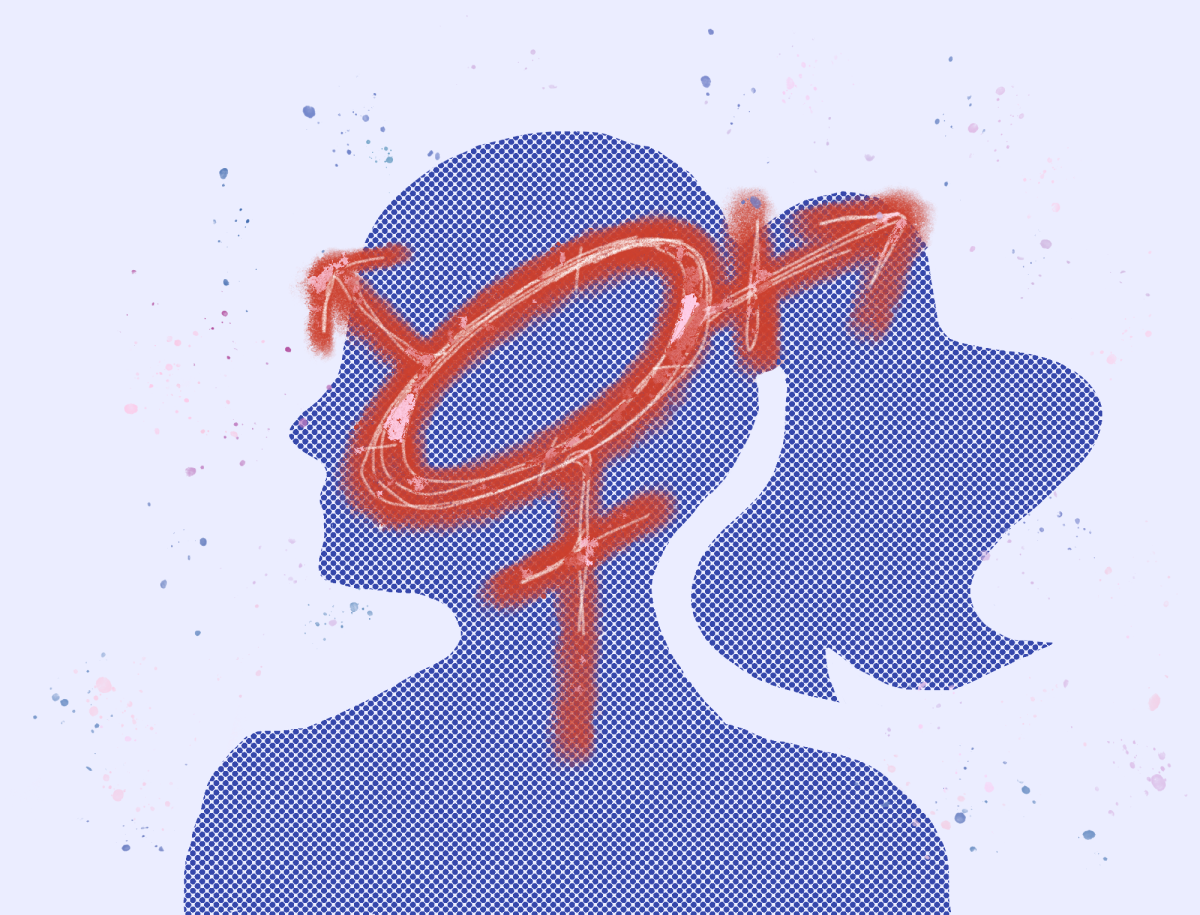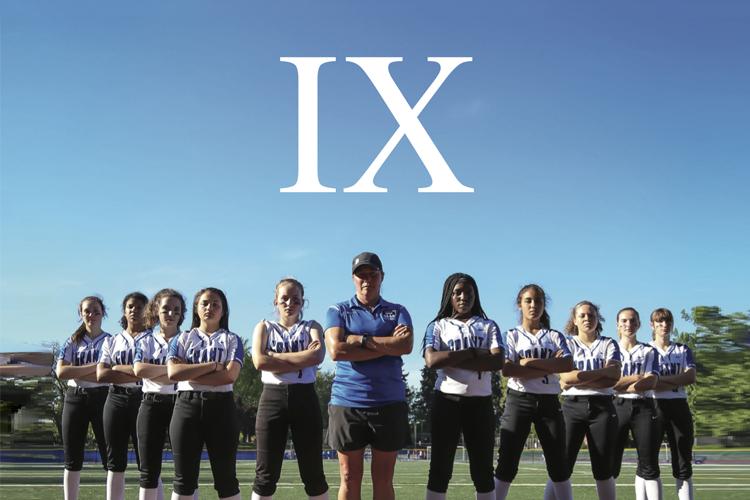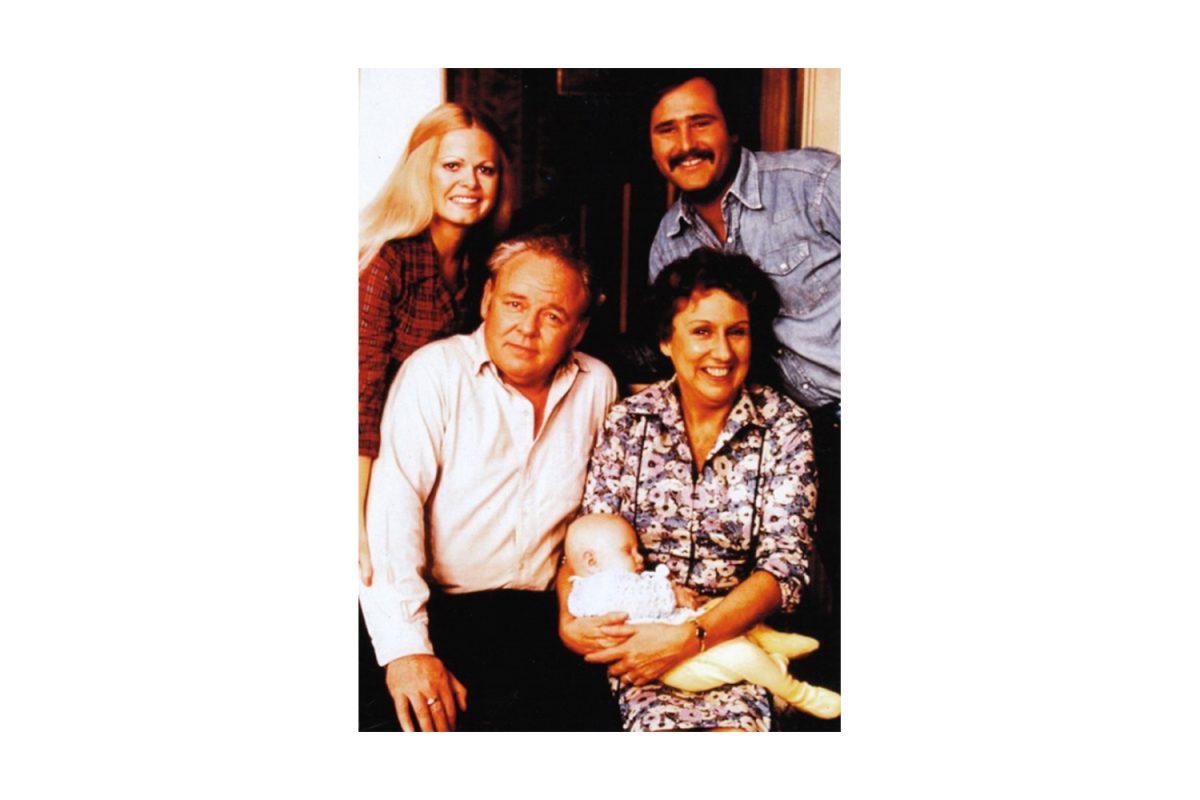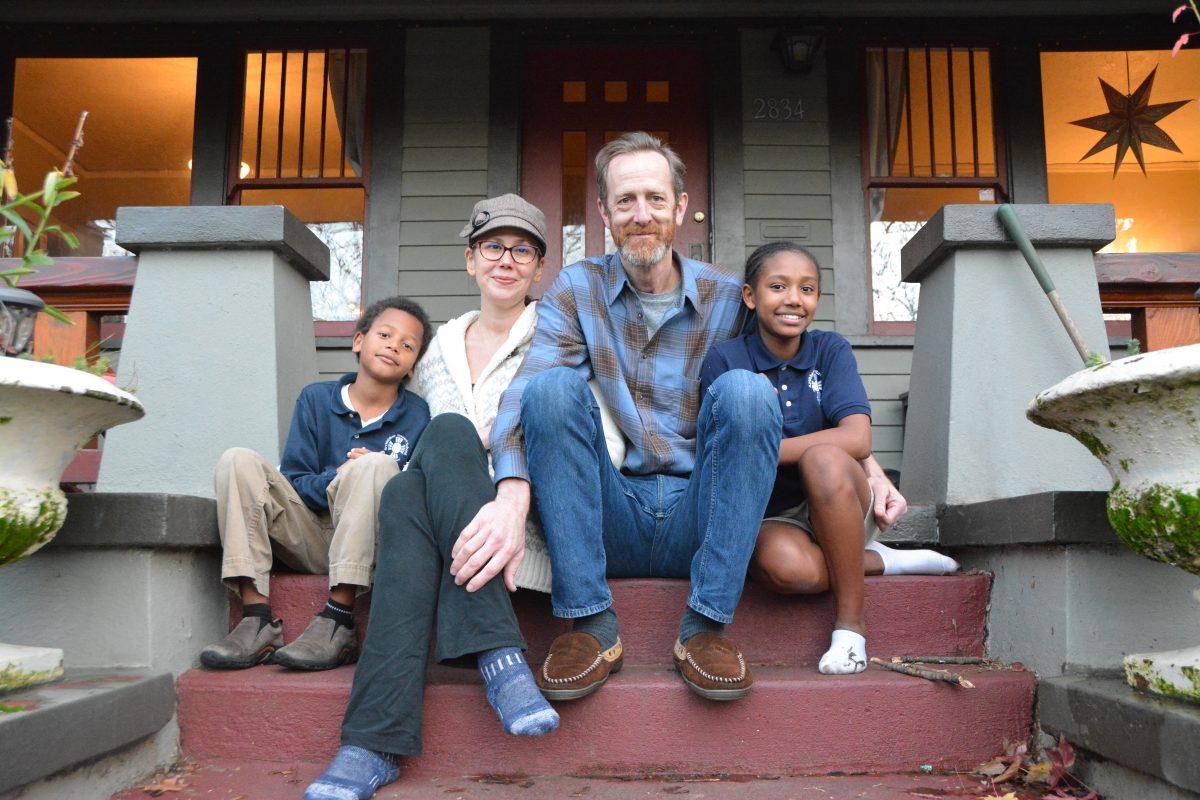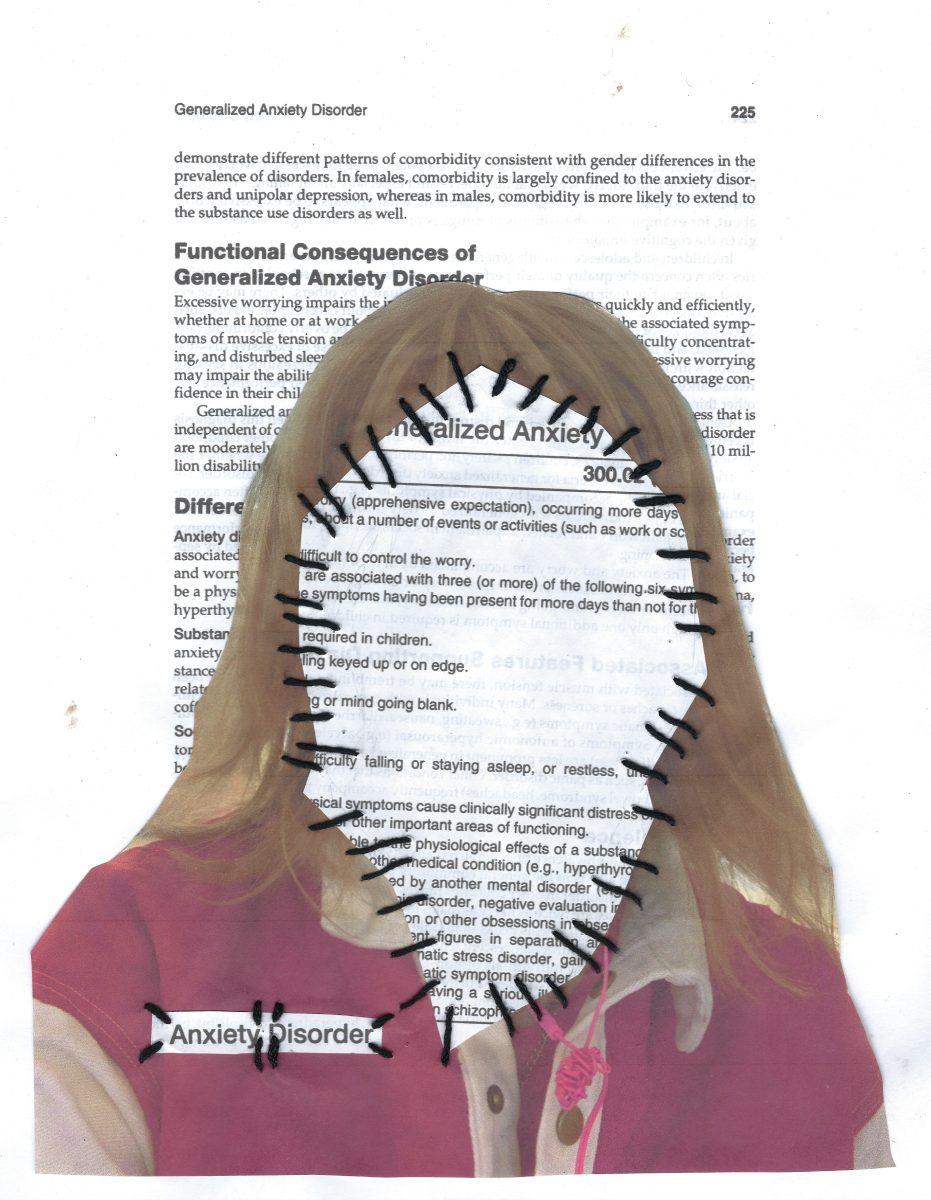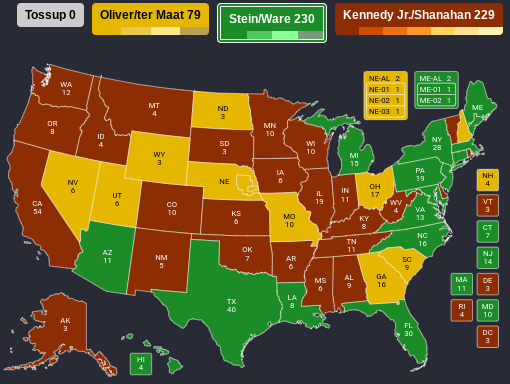For centuries, U.S. elections have been dominated by two opposing candidates. In contrast to many other countries, the U.S. government operates on a two-party system where the Democratic and Republican parties hold significantly more influence than alternative “third” parties.
The last third-party candidate to win a state’s electoral votes in the presidential election was American Independent Party candidate George Wallace. In 1968, Wallace carried the states of Alabama, Arkansas, Georgia, Louisiana, Mississippi and one faithless elector from North Carolina who cast their vote against their state’s elected candidate. Wallace’s campaign ran against the Civil Rights Movement and integration, famously saying in his 1963 inauguration address as governor of Alabama, “Segregation now … segregation tomorrow … segregation forever.”
Nearly 25 years later, independent candidate Ross Perot gained a significant number of votes in the 1992 presidential election, placing second in the states of Maine and Utah and garnering nearly 19% of the popular vote.
During the 2016 presidential election, several faithless electors cast their vote for third-party candidates instead of their state’s selected candidate. In Washington, a state won by Democratic candidate Hillary Clinton, three electors cast votes for former Secretary of State Colin Powell. Additionally, one elector from Washington cast theirs for Native American activist and politician Faith Spotted Eagle. In Texas, a state won by Republican candidate and now President Donald Trump, one faithless elector cast their vote for Ohio Governor John Kasich and another selected former Texas Rep. Ron Paul. A faithless elector in Hawaii, which was won by Clinton, voted for Vermont Sen. Bernie Sanders. While the votes were cast inconsistently, 2016 was the most recent presidential election to see electoral votes awarded to a third-party candidate.
Twenty four third-party candidates ran in the 2024 presidential election. Of the two-dozen candidates, Independent Robert F. Kennedy Jr. was the most notable. Despite suspending his campaign and instead endorsing Trump in August 2024, Kennedy remained on the ballot in 33 states — including the swing states of Michigan and Wisconsin. Running on a campaign with the slogan of “Make America Healthy Again,” Kennedy also opposed funding Ukraine in their ongoing war against Russia while supporting increased environmental regulations. Despite Kennedy’s notoriously controversial stance on vaccines, he was appointed to Trump’s cabinet to lead the Department of Health and Human Services.
Libertarian candidate Chase Oliver ran on the party’s traditional platform, arguing for increased personal freedom over government regulation. In an interview with The Gazette, Oliver described himself as a “‘pro-gun, pro-police reform, pro-choice Libertarian’ who is ‘armed and gay.’”
Green Party candidate Jill Stein ran as a more progressive alternative to Democratic candidate Kamala Harris — taking a more vocal stance on geopolitical issues that many Democrats shied away from. Despite her call for a ceasefire in the Israel-Hamas war garnering approval from many Muslim Americans, she was unable to win a single state.
Third-party victories at the federal level are highly unlikely, deterring many Americans from casting their ballots towards a seemingly unattainable cause. Additionally, with the U.S. elections’ focus on geographic rather than proportional representation, the two-party system is further enforced. The U.S. electoral college operates on a winner-takes-all system: When a candidate wins a state, they take all of its electoral votes, making it difficult for third-party candidates to compete against the two more dominant political parties.
Some believe that third parties provide benefits over the two major parties. “Third parties kind of act as a lever against the two-party system, trying to make (other parties) adopt some of these more progressive issues,” says Seth Woolley, an activist for the Pacific Green Party, Oregon’s branch of the national Green Party. The Pacific Green Party, according to Woolley, was an early advocator for drug legalization, prison reform and increased environmental regulations — issues that were eventually addressed by Oregon’s Democratic and Republican state lawmakers.
Despite the relatively low chances of a Green Party victory, Woolley believes that it is still important to cast one’s vote towards the party. Supporting the Green Party, says Woolley, not only makes it eligible for additional federal funding, but also allows the party to continue. In order for a third party to remain on the ballot in Oregon, a candidate must receive at least 1.5% of the vote in any national or state election.
Woolley says his party often performs better in local elections than larger national ones. In California, Green Party candidates won 78% of their local elections largely because many ran uncontested. By focusing on smaller victories such as these, third parties can make strides towards greater representation in the U.S. government. However, without amending the U.S. electoral process, it remains difficult for third-party candidates to be competitive in a two-party system.



